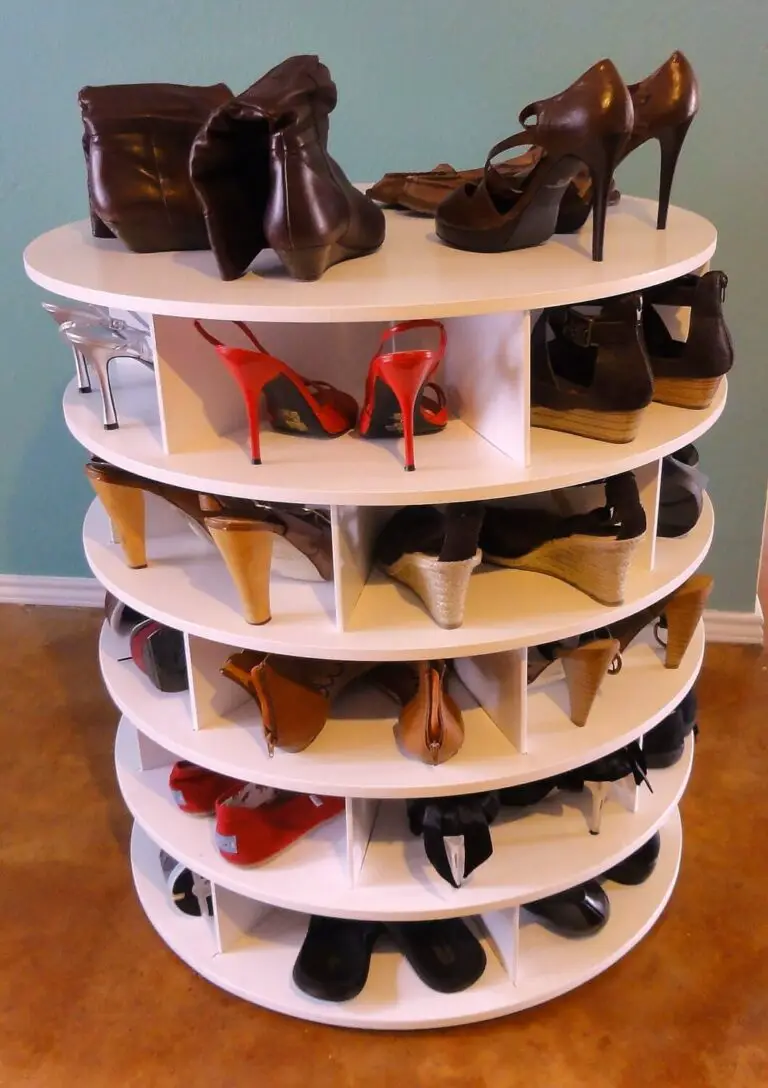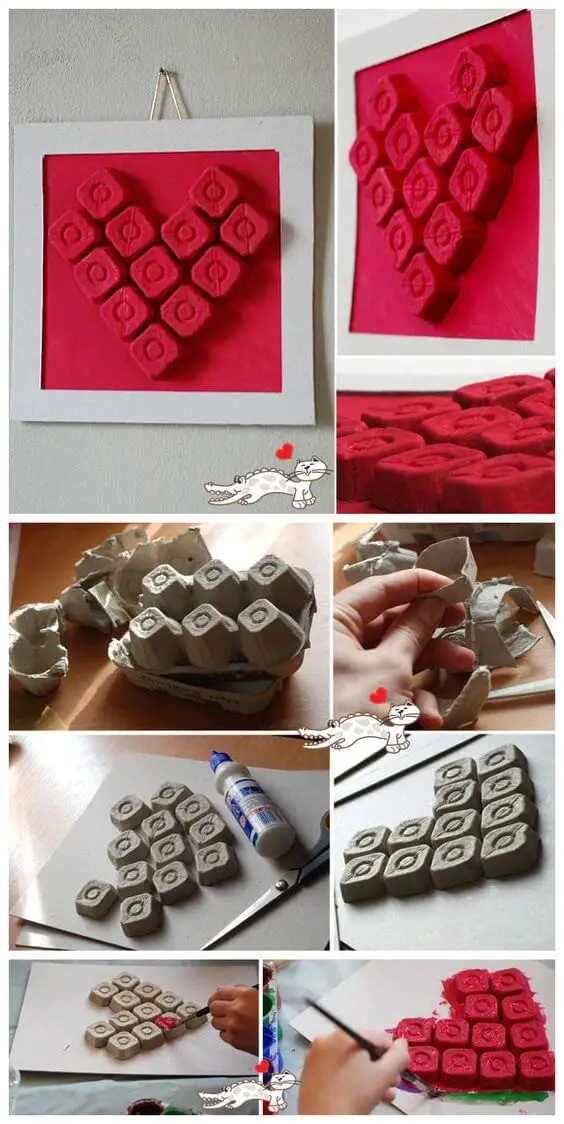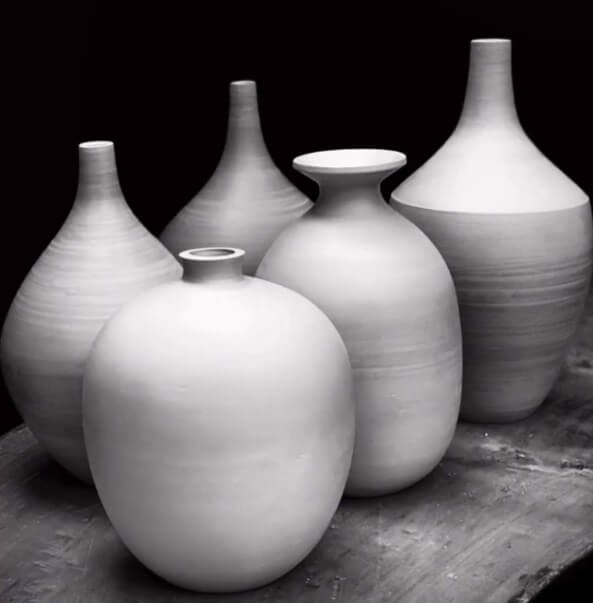20 Painted Accent Wall Ideas That Will Transform Your Space
If you’re seeking to revamp your space without breaking the bank, consider adding a painted accent wall. This design element can add personality and style to any room. In this post, we’ll explore 20 unique painted accent wall ideas that cater to various tastes and preferences. Whether you’re drawn to bold colors or subtle nuances, we’ve got you covered. So, let’s dive into the world of accent walls and get inspired!
Painted living room accent wall ideas.
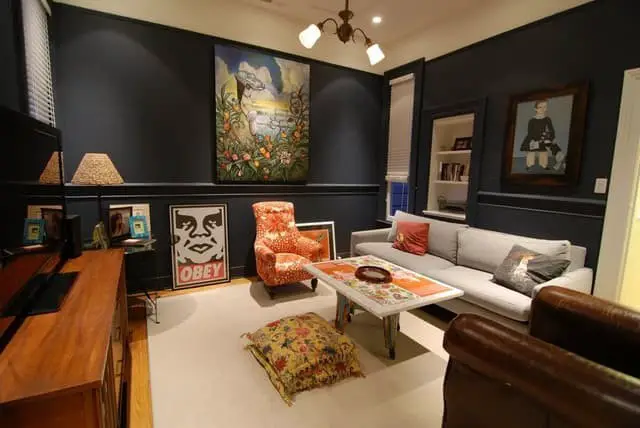
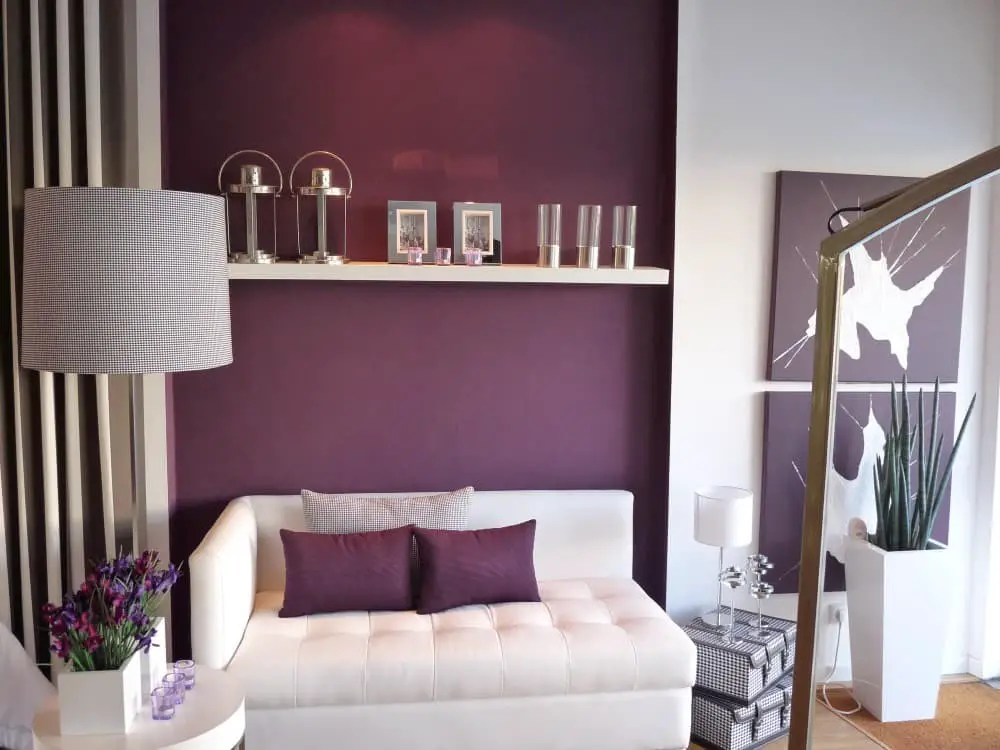
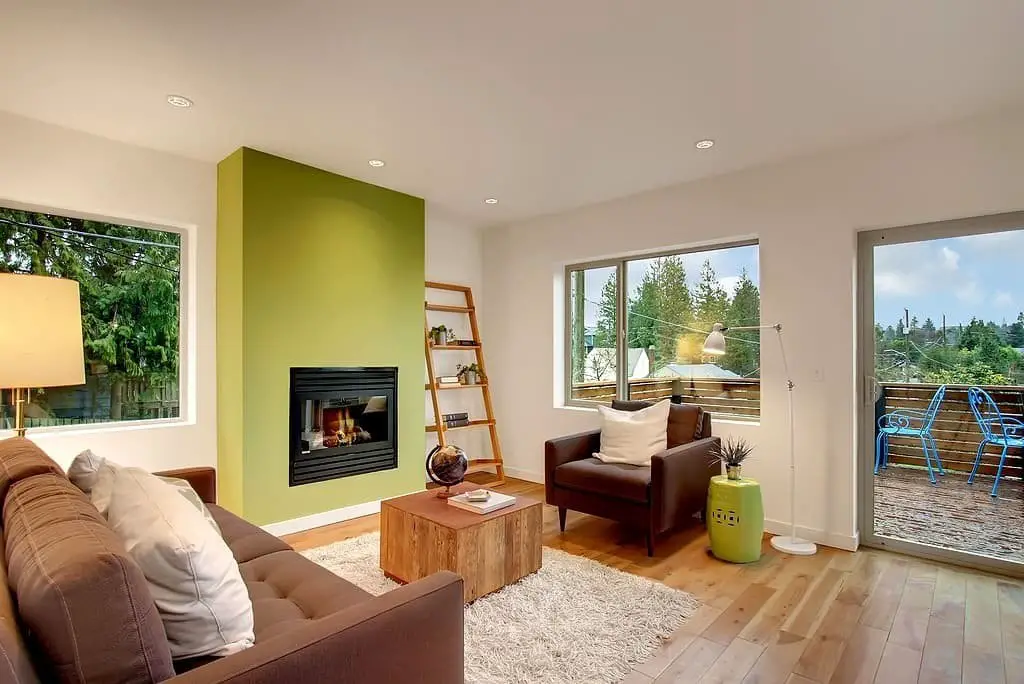
When it comes to designing a living room with high ceilings, creating a sense of coziness and intimacy is crucial. One effective way to achieve this is by painting an accent wall in a dark, rich color that adds drama to the space. Conversely, if your living room lacks natural light, choose an accent wall color that brightens up the space. For rooms with abundant windows, an accent wall can help balance out the light and create a warm atmosphere.
If you’re struggling to decide on an accent wall color, consider these inspiring ideas: Start by painting the accent wall in a deep, rich hue, which will instantly add drama and intimacy to the space. Alternatively, opt for a brighter shade that complements your room’s natural light. For a harmonious balance, choose a light-colored accent wall to offset the brightness of numerous windows.
You can also create visual interest by painting the accent wall in a contrasting color or use it to highlight a statement piece of art or furniture. Additionally, a neutral-toned accent wall can foster a calming atmosphere, while a bold choice can make a striking statement. Finally, consider using an accent wall to define different areas within an open-concept living room and ensure that the color complements your overall design scheme.
Painted bedroom accent wall ideas.
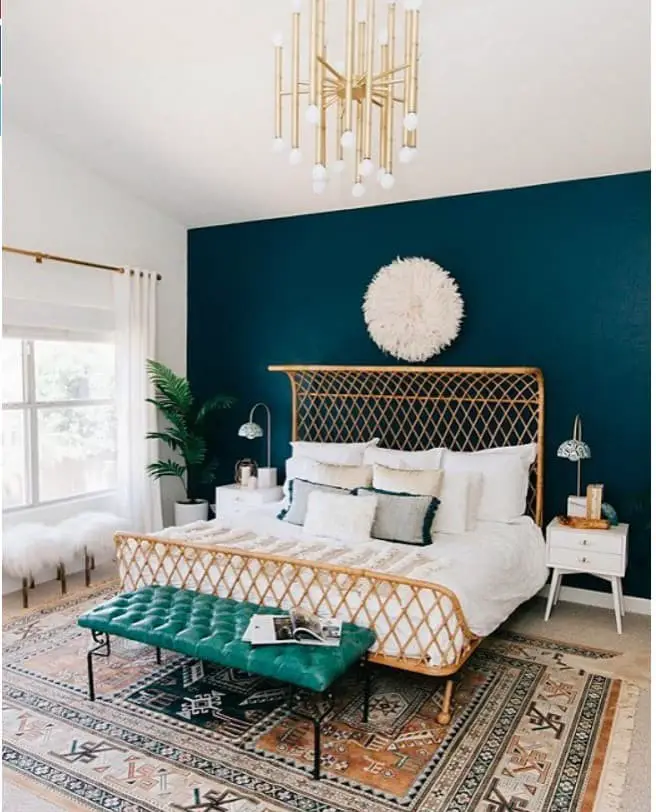

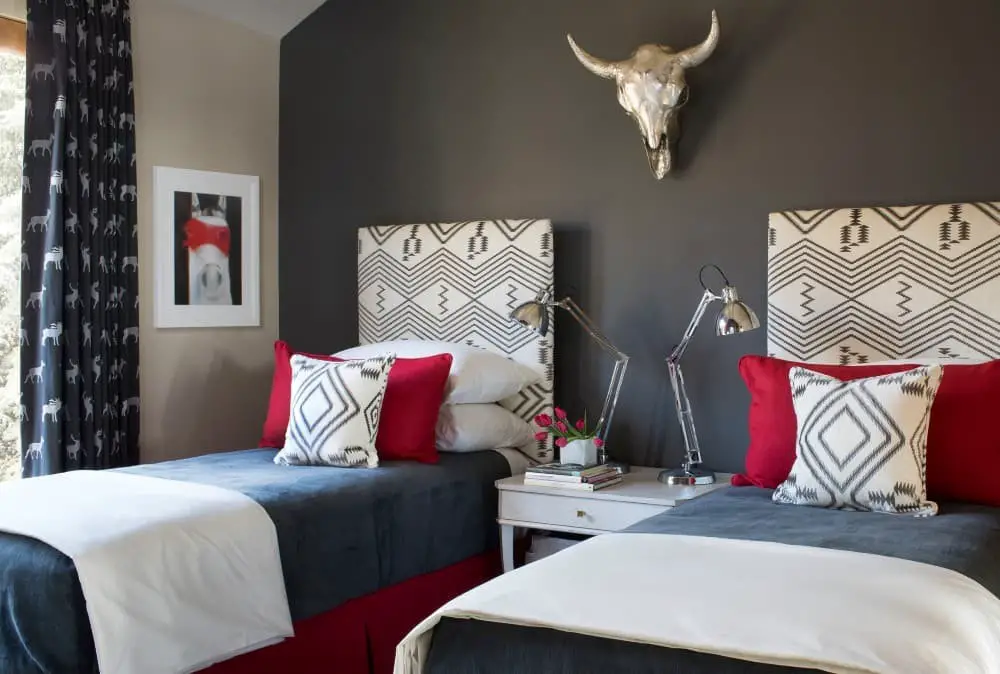
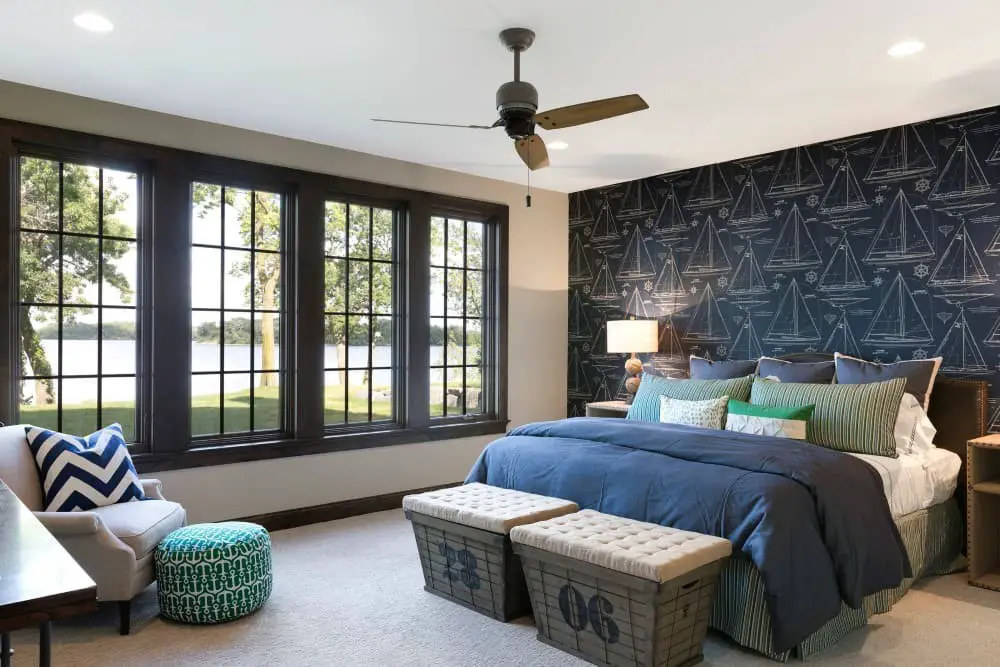
A bedroom’s ambiance can be significantly enhanced with a strategically placed painted accent wall. The key to success lies in carefully balancing color and design choices to create a cohesive look that resonates with the room’s overall aesthetic. To achieve this harmony, consider the existing color palette of your room, opting for a darker hue if you have predominantly white or light tones. This contrast will create visual interest and depth.
Next, reflect on the desired style of your bedroom – traditional, modern, or something in between? If furniture is abundant, simplicity may be the best approach to avoid visual clutter. Finally, factor in the room’s size: a small space benefits from a more understated design, while a larger room can accommodate bolder statements. Once you’ve settled on the perfect color and design combination, it’s time to get painting.
Begin by preparing the wall by removing any old paint or wallpaper, followed by applying a primer to ensure optimal results. Once dry, you’re ready to bring your accent wall to life with a vibrant splash of color.
Hand painted accent wall ideas.
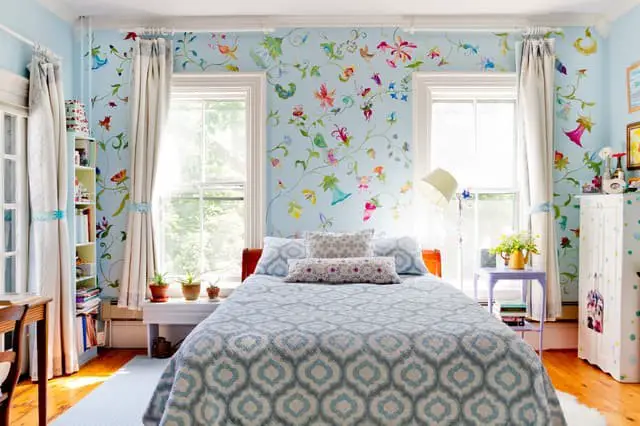
Hand-painted accent walls can be a game-changer for adding personality and visual appeal to any room. They can help break up a large space, inject color and energy, or simply create a unique focal point. The possibilities are truly endless, as the following ideas demonstrate:Consider painting an entire wall in a bold, vibrant hue to make a statement. Alternatively, use multiple colors to create a design that adds visual interest.
Stripes, polka dots, or other patterns can be used to great effect. For a more personalized touch, why not paint a mural or scene on an accent wall? This is a great way to add your own unique flair to any room. Stencils are another tool in the hand-painted accent wall toolkit. Available in various sizes and designs, they can be used to create simple or intricate patterns that add texture and visual appeal.
In addition to painting, you can also hang artwork, photos, or other decorations on an accent wall to personalize your space. This is a great way to showcase your personal style and make any room feel truly yours. For a more temporary solution, consider using removable wallpaper to create an accent wall. This allows you to easily switch up the look of your space whenever you want.
Another creative option is to paint a chalkboard wall, which can be used for everything from jotting down notes to creating artwork. It’s a functional and fun way to add some personality to any room. Finally, don’t underestimate the power of mirrors on an accent wall. Not only do they reflect light and make a space appear larger, but they also add a touch of glamour and sophistication.
Last but not least, consider hanging tapestries, curtains, or other fabric on an accent wall to add texture and visual interest. This is a great way to create a cozy and inviting atmosphere in any room.
Painted wood accent wall ideas.
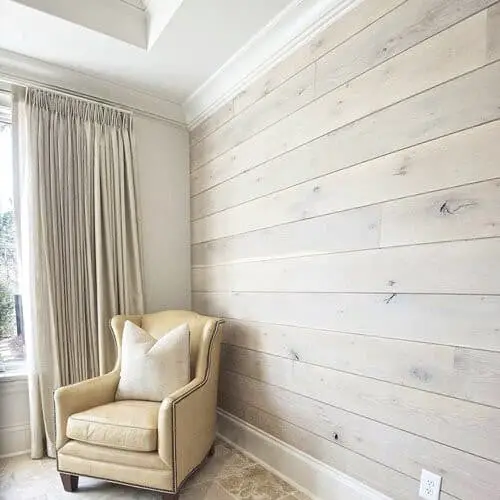
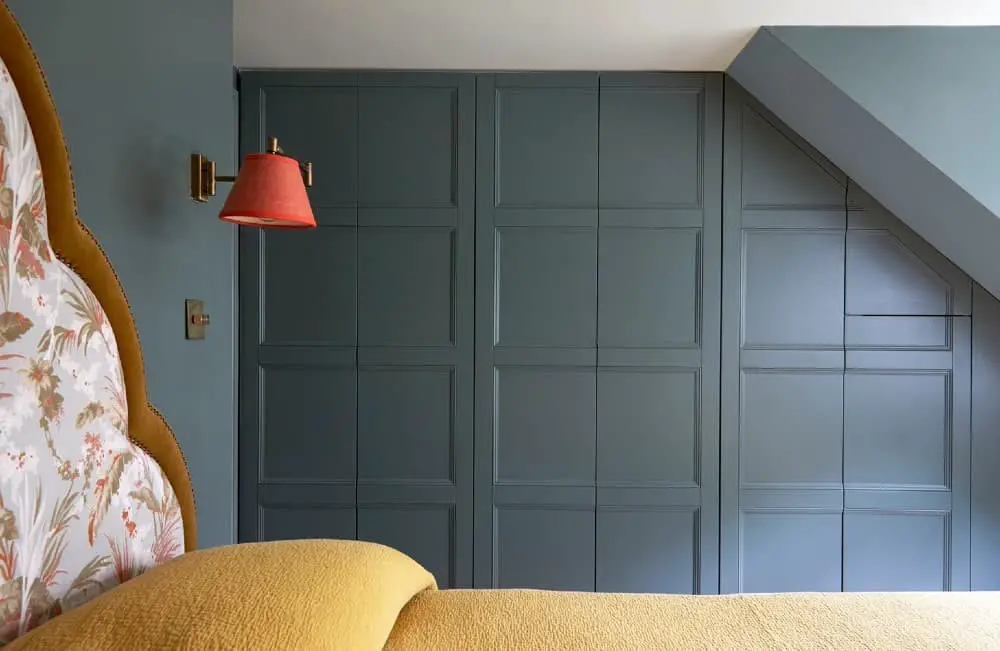
A painted wood accent wall has the power to instantly elevate a room’s aesthetic appeal. Its versatility makes it an ideal way to infuse personality and style into any space, all while being relatively easy and affordable to achieve. To help you get started, here are some inspiring ideas for your next DIY project.
Make a bold statement by painting one wall in a vibrant, eye-catching hue. This is a fantastic way to add visual interest and create a focal point that draws the eye.
Alternatively,
you could opt for a patterned accent wall featuring stripes, polka dots, or any other design that sparks your creativity.
This approach allows you to inject personality into a room without going overboard.
Finally, why not bring the outdoors in by painting a nature-inspired design on your accent wall? This could be anything from lush trees and twisting branches to colorful flowers and leaves. The possibilities are endless.
Do and don’ts of accent walls?
When selecting an accent wall, start by identifying a focal point in the room that immediately captures your attention. A busy wall covered in knick-knacks can be overwhelming, so opt for a clean slate instead. Choose a color that harmonizes with the existing palette to create a cohesive look. Remember, an accent wall is meant to be a subtle statement piece, not a dominant force in the room. Texture can also add depth and visual interest, making it a great consideration for your accent wall.
Lighting plays a significant role in how the wall appears, so factor that into your decision-making process. Don’t feel confined to traditional painted walls – think outside the box and consider unique options like wallpaper or art installations. Ultimately, an accent wall should enhance the overall aesthetic of the room without overpowering it. With these factors in mind, have fun experimenting with different combinations and find a solution that reflects your personal style.
How to make an accent wall without painting.

To create a unique accent wall in your home, consider using wall decals, temporary wallpaper, or fabric. Begin by selecting the wall you want to highlight, then choose your material of choice. Wall decals are an easy and non-committal option, as they can be easily applied and removed. Temporary wallpaper offers a range of designs and can be applied with water, making it another user-friendly choice.
Fabric adds a soft, textured element to your accent wall, and can be hung in various ways to create different looks. Once you’ve chosen your material, let your creativity shine! If using wall decals, try applying them in a random pattern or creating a geometric design. For temporary wallpaper, consider a herringbone or chevron pattern. And if working with fabric, get creative with how you hang it – draping it over the wall, using clips to suspend it, or even stapling it in place.
The most important thing is to have fun and be creative! An accent wall is a great way to add personality to your home, so don’t be afraid to experiment and try new things.
How much does it cost to have an accent wall painted?
When considering the cost of painting an accent wall, two primary factors come into play: the size of the wall and the type of paint chosen. While exact costs can fluctuate, a general estimate suggests that having an accent wall painted will typically range from $200 to $500, with this figure influenced by both the dimensions of the wall and the specific paint used.
How long does it take to paint an accent wall?
The complexity of the project is what really determines the timeline. For instance, a straightforward single-color accent wall can be completed in just a few hours, allowing you to quickly achieve your desired aesthetic. However, if you’re aiming for something more intricate, such as a mural or a design featuring multiple colors, the process can take several days or even longer.
It’s essential to plan ahead and allocate sufficient time to ensure that you have enough resources and energy to complete the task to the best of your abilities.
What paint finish is best for accent wall?
When it comes to adding interest and depth to a room with an accent wall, choosing the right paint finish can be overwhelming. But don’t worry, we’ve got you covered! Here’s a quick rundown of the most popular paint finishes and when to use them. A matte finish provides a flat, non-reflective surface that creates a cozy atmosphere in a room. It’s perfect for accent walls that don’t require much maintenance or attention.
On the other hand, eggshell paint offers a slight sheen, making it a great choice for high-traffic areas or if you want to add some extra shine to your room. Satin paint boasts a smooth, velvety finish with a subtle sheen, offering both style and durability. This finish is ideal for accent walls that require a balance of form and function. If you’re looking for a bold, dramatic effect, gloss paint is the way to go. Its high-shine finish will make your accent wall truly stand out.
Once you’ve decided on a paint finish, here are some additional tips to keep in mind. Start with a flat or eggshell paint if you’re unsure which one to choose, and experiment until you find the perfect fit. For an accent wall that really makes a statement, opt for high-gloss or satin paint. And don’t forget to prime any existing walls before painting to ensure proper adhesion.
Is painting an accent wall outdated?
When it comes to painting an accent wall, there’s no one-size-fits-all answer. It ultimately depends on various factors, such as the specific wall you’re working with, your room’s overall design, and your personal style. Before you start painting, take a step back and ask yourself why you want to add an accent wall. Are you looking to inject some color and energy into the space? Create a focal point that draws attention? Or are you simply seeking a change of pace from your current wall color?
If you’re aiming to make a statement or add some visual interest, an accent wall might be just what you need. On the other hand, if you’re just looking for a refresh, painting the entire room could be a more effective solution. There’s no hard-and-fast rulebook when it comes to accent walls, but there are a few key considerations to keep in mind. First and foremost, think about how your accent wall will fit into the larger picture of your room’s design.
Does it complement or compete with your existing décor? Next, take a closer look at the specific wall you’re painting. Will it be exposed to direct sunlight? If so, a lighter-colored paint can help keep the space cool and bright. Are you working on an interior wall adjacent to another room? In that case, make sure the colors don’t clash or create jarring visual effects. Finally, consider your personal taste and what kind of impact you want your accent wall to have.
Do you lean towards bold, eye-catching statements or more subtle, understated looks? A vibrant color or a timeless classic? Ultimately, it’s up to you to decide how you want your accent wall to make its mark.
Which wall should be painted as an accent wall?
While there’s no one-size-fits-all solution when it comes to selecting an accent wall, certain guidelines can guide your decision-making process. A room’s size and shape, furniture arrangement, and personal aesthetic all play a role in determining the best accent wall for your space.
Start by considering the proportion of your room. In larger, more open spaces, you can opt for bolder colors that make a statement. Conversely, in smaller or more intimate rooms, subtler hues tend to work better.
Next, think about how you’ve arranged your furniture. If you have a focal point – such as a fireplace, piece of art, or architectural feature – painting the wall behind it as your accent can help draw attention to that element and create a sense of cohesion in the room.
Lastly, reflect on your personal style. Do you lean towards bold, vibrant colors or a more muted palette? What kind of atmosphere do you want to create in your space?
Answering these questions will help you choose an accent wall color that aligns with your taste and vision for your home.
What is the best color for an accent wall?
When it comes to choosing an accent wall color, the options are endless and ultimately depend on personal taste and the overall visual identity of the space. While there is no one-size-fits-all solution, some popular colors for accent walls include gray, white, black, navy blue, and green. The key is to consider how these colors will interact with the rest of the room’s aesthetic.
For instance, a bold statement can be made by pairing a bright accent wall color with neutral or monochromatic surroundings. In contrast, a more subtle approach might involve choosing a complementary color that complements existing design elements. Ultimately, the right choice for an accent wall depends on striking the perfect balance between harmony and visual interest.
What color accent wall makes a room look bigger?
When it comes to making a room appear more spacious, certain colors can work wonders. Among these are white, pale blue, and light green. By painting an accent wall in one of these calming hues, you can effortlessly create the illusion of greater space. For a bolder approach, consider selecting a brighter color for your accent wall – just be mindful to balance it with other room elements to avoid overwhelming the senses.
Does a dark accent wall make a room look smaller?
While it’s true that darker colors tend to recede and make a room appear smaller, there are instances where a dark accent wall can actually add depth and coziness. For instance, if you’re working with an expansive space, a rich, dark color on one wall can create a sense of intimacy and define different areas within the room. Conversely, in smaller rooms, lighter colors will generally make the space feel more spacious.
Ultimately, the effectiveness of a dark accent wall depends on your specific design goals and the overall aesthetic you’re striving to achieve. If you’re unsure about how to incorporate color effectively, consider consulting with an experienced interior designer who can offer personalized guidance.
Can I have 2 accent walls in the same room?
When it comes to incorporating multiple accent walls in a single room, there are several key considerations to keep in mind. To start, it’s essential that the two accent walls work harmoniously together, either by sharing similar color palettes or patterns. This harmony can be achieved by choosing complementary colors or textures for both walls. Additionally, it’s crucial to ensure that the accent walls don’t compete with the rest of the room’s decor.
A simple approach is to maintain a neutral aesthetic in the room, allowing the accent walls to take center stage while keeping the overall atmosphere calm and balanced. Ultimately, the key to successfully incorporating two accent walls lies in striking a balance between visual interest and restraint, as too much can lead to a cluttered or overwhelming space.
Should accent wall be lighter or darker?
When it comes to creating a statement with an accent wall, consider deviating from the norm by selecting a tone that’s one or two shades darker than the surrounding walls. This deliberate choice will draw attention and imbue your space with depth, making it a true focal point. In contrast, opting for a lighter hue will subtly add interest without overwhelming the senses.
Conclusion
Take the reins and unleash your creative potential by bringing one of these bold painted accent wall ideas to life in your home. By doing so, you’ll be amazed at how effortlessly any room can be transformed into a stunning focal point. So why wait? Let the paintbrush guide your imagination and turn your space into a true masterpiece!


